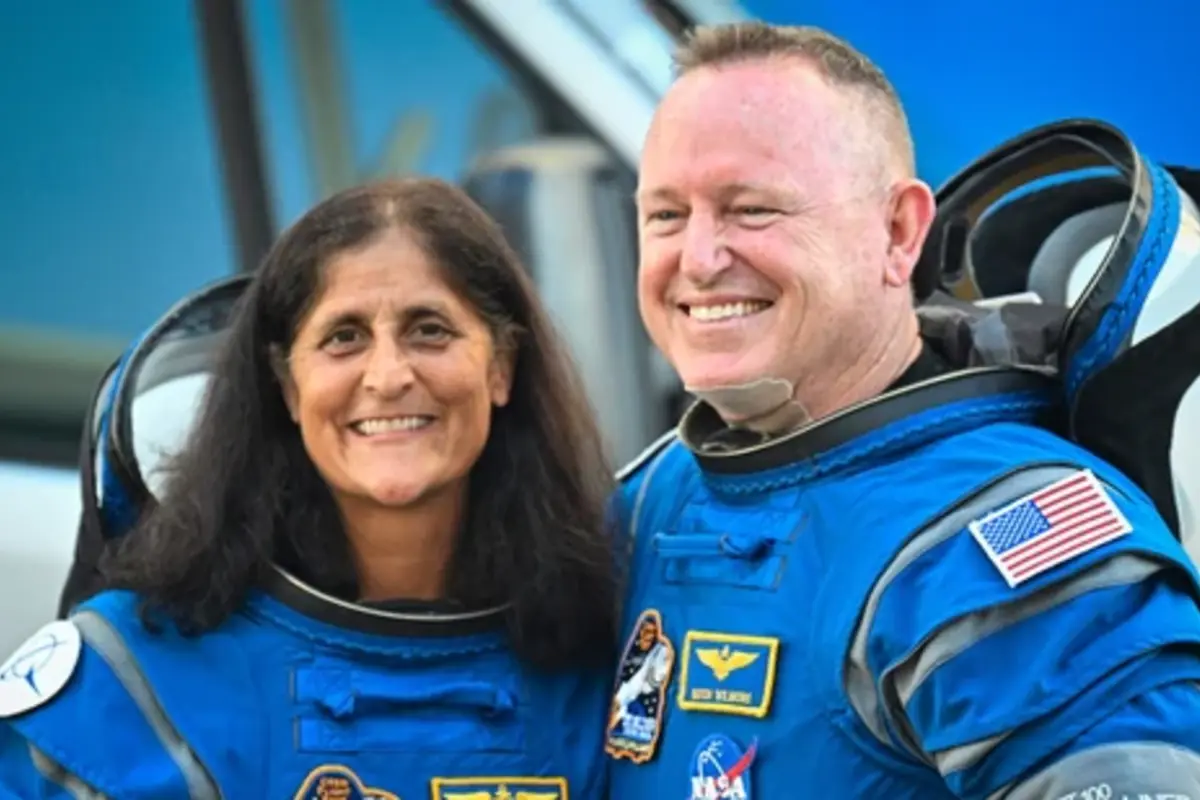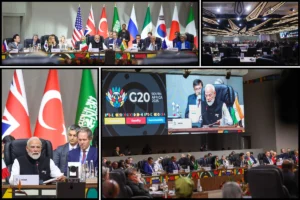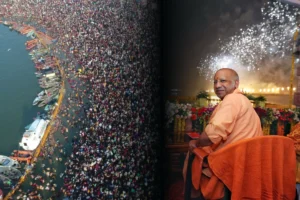
Originally scheduled to return within a week of their space travel of June 5, astronauts Sunita Williams and Butch Wilmore are now likely to stay or say stuck in space for over 8 months, if only Starliner is opted for the return.
Sunita among others were chosen for first crewed test Starliner flight to the ISS, International Space Station. Sunita and peer (Butch)Barry’s return has once again been pushed indefinitely after they were supposed to return within a week. Both of the astronauts are at International Space Station since June 6 because of the helium leak and technical issues thruster of Starliner, the spacecraft they travelled space with.
Story so far
Sunita with peer astronaut went to space for crewed test of Starliner that was likely to return back to earth in one week. However, things did not go as planned and their stay extended as the spacecraft encountered technical glitches. Their return, then, was scheduled on June 26. However, plan did not succeed as the problems could not get solved.
Notably, NASA, in its statement this week, has reinstated that Williams and Wilmore are not stuck but their stay has been stretched. National Aeronautics and Space Administration(NASA), making a statement this week said, “Butch and Suni are safe aboard the space station working alongside the Expedition 71 crew. They also have been actively involved in Starliner testing and technical meetings. Butch and Suni could return home aboard Starliner if an emergency arises…” Sunita and Wilmore will have to stay in space if NASA decides their return by Starliner.
Also Read: Farooq Abdullah Announces NC-Congress Alliance For J&K Assembly Polls
What are the solutions
The two option that lie in front of NASA for the return are as follows: One is employing Boeing Starliner for this- as NASA-in a press conference- said that spacecraft would be able to re-enter the atmosphere of earth. The other option is using SpaceX spaceship, Crew Dragon. Crew Dragon had transported four astronauts to ISS in march and is capable of housing more people in emergency. In an official statement this Tuesday, NASA maintained that it would replan SpaceX crew 9 mission boarding only two crew instead of four.
Such an option would be a second resort as NASA has reiterated its confidence in the Starliner.
Scenarios, if malfunctioned Starliner is opted for reentry in Earth’s Atmosphere
Rudy Ridolfi, a former commander of US military space systems, has highlighted three severe scenarios that could result from the Starliner being used for reentry.
Astronauts may end up stranded
One possible scenario is that the Starliner could become stranded in space if its thrusters malfunction, leaving it with only a 96-hour supply of oxygen. This could occur if the capsule reenters Earth’s atmosphere at the wrong angle, causing it to skip off the atmosphere and stay in orbit.
Spacecraft may not align perfectly and fail to reenter Earth
Another possibility is that the spacecraft might not re-enter the atmosphere at all if it’s misaligned. This would leave the capsule stuck in space indefinitely, unable to make a proper descent.
They may evaporate in third scenario
The worst-case scenario would be if the spacecraft reenters the atmosphere at too steep an angle. This could cause the Starliner’s heat shield to fail due to excessive friction and heat, potentially leading to the spacecraft burning up before it reaches the surface and risking the loss of the astronauts.
It is important to mention that one of five helium leak spots occurred before the spacecraft prior to take-off. The small leak was noticed in space capsule’s propulsion system but not deemed serious.
In addition, on June 6, NASA’s Commercial Crew Program manager Steve Stich admitted that similar thruster issues were revealed during the spacecraft’s uncrewed test flight in 2022, adding, “thought we had fixed that problem,” at a press conference.
To read more such news, download Bharat Express news apps






















